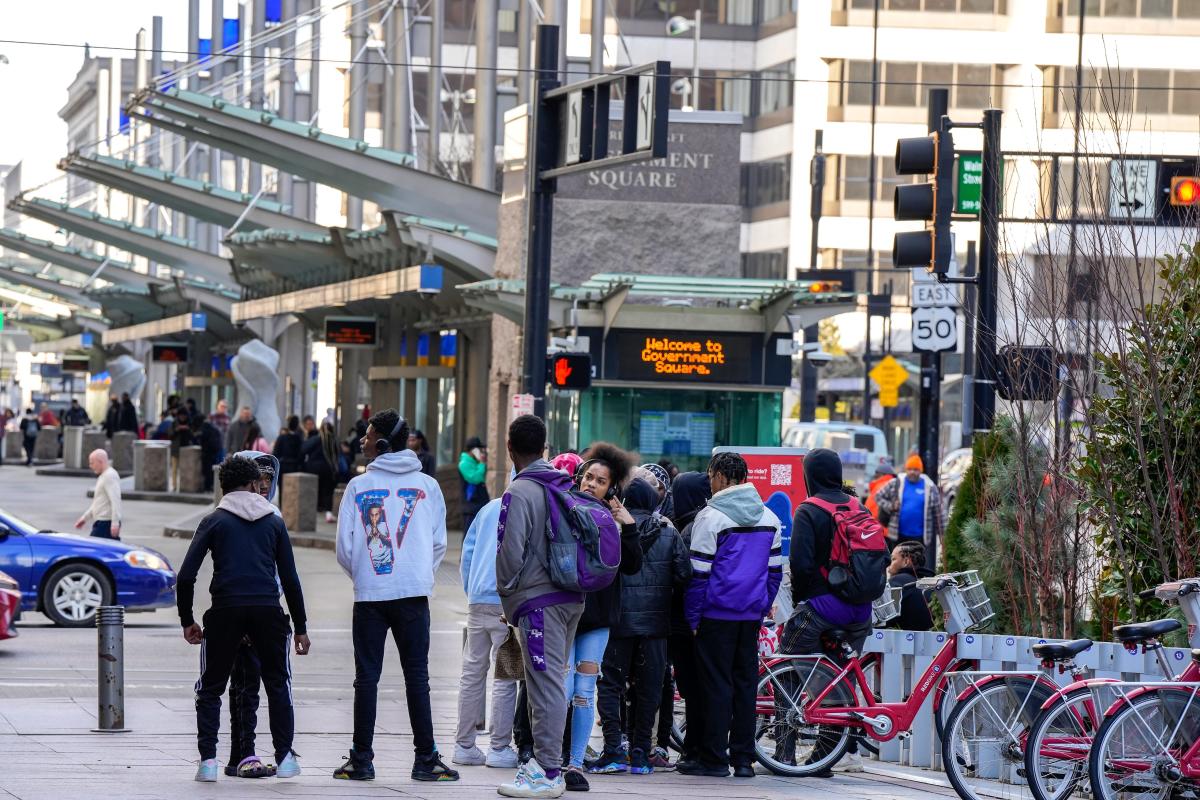WORCESTER — The agenda for the City Council meeting Tuesday night includes a communication about the city’s strategic plan to handle opioid overdoses; an analysis of the crash-prone intersection of Franklin, Suffolk and Norfolk streets; and an update on the current fiscal year budget.
Opioid overdoses
City Manager Eric D. Batista submitted the Department of Health and Human Services’ strategic plan to address opioid overdose hotspots in the city.
From 2018 to 2022, statewide overdose fatalities grew by 15.7% and Worcester exceeded that trend with an increase of 17.8% over the same time period, according to the report.
Preliminary Worcester Police Department data showed an 11% increase in opioid-related fatalities from January to September 2023 compared to the same months in 2022.
The report, written by Health and Human Services Commissioner Dr. Matilde Castiel, notes that people who have already experienced one overdose are at risk for another.
A spatial analysis found mortality hotspots in Main Middle and Main South, Webster Square, Vernon Hill, Union Hill and Chandler Hill.
In the state, Black men experienced a 75% increase in opioid overdose mortalities from 2019 to 2020 while white men had a 4% decrease. All Massachusetts women experienced an increase in mortalities in this period, particularly Black women, a 32% increase, and Latinas, a 68% increase.
To combat overdose deaths, Castiel writes, the city’s priority areas include expanding housing, including transitional housing, permanent-supportive housing and sober housing; creating a comprehensive data system related to opioids; implementing harm reduction strategies; awareness campaigns and education; and supporting recovery efforts.
Franklin, Norfolk and Suffolk streets intersection
The Department of Transportation and Mobility returned a report the City Council requested an evaluation of the traffic safety of the intersection of Franklin, Norfolk and Suffolk streets.
The intersection, near the CSX Worcester Rail Yard, was found to have a crash rate three times the average for intersections with no traffic signals in Central Massachusetts, according to the report.
The report cites the intersection’s geometry, limited traffic control and insufficient accommodations for pedestrians as factors for its high rate of crashes. Possible severe crashes are a concern due to the high traffic speeds on Franklin Street, unpredictable turning movements from eastbound Franklin Street and sight-distance limitations for vehicles turning from either Suffolk or Norfolk streets.
The department recommends design evaluations for two traffic control options: An all-way stop control with lane alignment adjustments to reduce the size of the intersection and adjust the entry angle for the eastern approach of Franklin Street, and a compact roundabout with lane adjustments.
Other changes to the intersection are in progress or recommended such as the installation of pedestrian crossing warning signs at the Franklin Street crosswalk.
Fiscal 2024 budget update
With the first six months of fiscal year 2024 completed, city officials are reporting that property tax collections and local receipts are stable, and they do not see any current issues with expenditures.
Based on the state’s fiscal 2024 budget, the city is expecting a decrease in approximately $250,000 in budgeted state aid revenues, primarily in school aid.
Thursday, the School Committee accepted a fiscal year budget in the amount of $461,862,571 from the state. The budget is $830,550 less than the committee’s previously adopted budget.
A separate item includes adjustments to the city’s current fiscal budget made possible due to excess funds available after the close of the previous fiscal year.
The city has a Department of Revenue certification of approximately $18.9 million for the current fiscal year’s allocations that are largely reserved for long-term liabilities — 50% for the bond rating stabilization fund and 30% for the other postemployment benefits trust reserve — while about 20% are for city departments to address unforeseen expenses.
More than $9.4 million will go to the bond rating stabilization fund, over $5.6 million will go to the other postemployment benefits trust reserve and over $3.8 million to the other operational and capital needs.
This article originally appeared on Telegram & Gazette: City Council to eye opioid overdoses, rough intersection, city budget
Signup bonus from




